Browsing tag
What to Do in Norway – On a trip to Norway, visit Norway’s largest waterfall, the Sognefjord. The inner part of the plateau covers an area of 204 km and reaches the smaller fjords along its path, the widest of which is approximately 5 km and the rock walls here are 1,308 meters high. The best way to visit these waterfalls is by boat, and there are plenty of sightseeing tours available for you. Another important tourist destination is Fjærland. It is home to some of Europe’s largest glaciers, such as the Jostedalsbreen and the Glacier Museum.
As travel guide Norway mentions another tourist attraction that will be attractive to travelers traveling to this country is the Preikestolen, which is not easy to reach. However it is one of the most popular sights in Norway near Stavanger. To reach this place, you need to go boating, take a bus and then cycle afterwards.
Norway is located in the same latitude as Siberia, Greenland and Alaska. Noway travel tips suggests that it seems that the weather in this country is very cold. However, the effects of the Gulf Stream have made the climate in Norway warmer and milder. The country has a temperate climate and 5 distinct climatic zones. The climate in this country may change rapidly depending on the time and place you travel.
March is the best time to visit Norway. During this month, the days are longer, and in winter resorts, snowfall provides the conditions for enjoying winter sports. As the months of April and May approach, wildflowers and blooms double the beauty of the country’s nature.
June, July and August are the best times to visit Norway due to the weather and the long hours of the day. But the cost of travel in these months is higher because it is a busy tourist season.
According to what to do in Norway, this country offers an incredible mix of cultural and natural wonders. From Oslo International to its endless snow-capped mountain peaks and deep valleys, there is no end to the choice of travelers in the land of midnight sun and stunning northern lights. Nationwide access is easy, and the nationwide premier transportation systems offer some of the best sightseeing opportunities, both by rail and by fantastic coastal steamships.
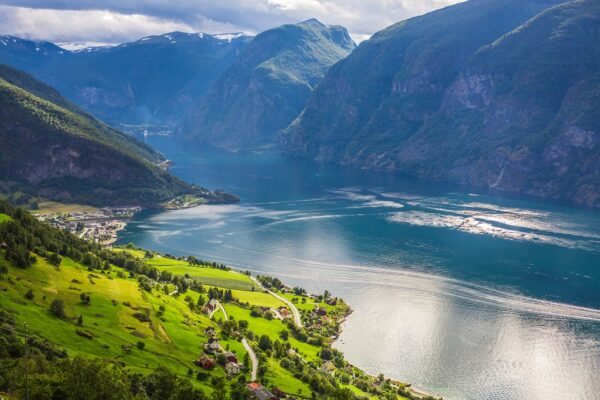
Norway’s largest plateau, the Sognefjord, reaches 204 km from the country and breaks along the way into smaller plateaus and entrances. In its widest form, it is approximately 5 km long and the rock walls reach a height of 1307 meters, creating an attractive view. The most popular way to visit the plateau is by boat, there are many tours to the plateau, many of which are easily accessible from Bergen.
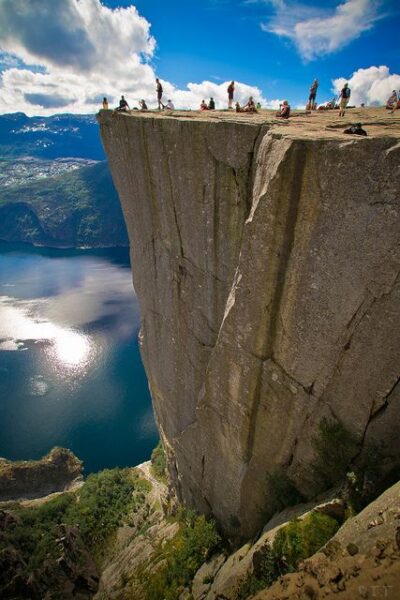
Pulpit Rock is one of the best tourist attractions, which is convenient for active travelers thanks to the difficult journey to reach it, and despite its difficulty, it is one of the most popular sights in Norway. This destination is located near Stavanger and to reach the almost flat rock which is more than 600 meters high, you need to travel by boat and bus and then 2 hours on foot.
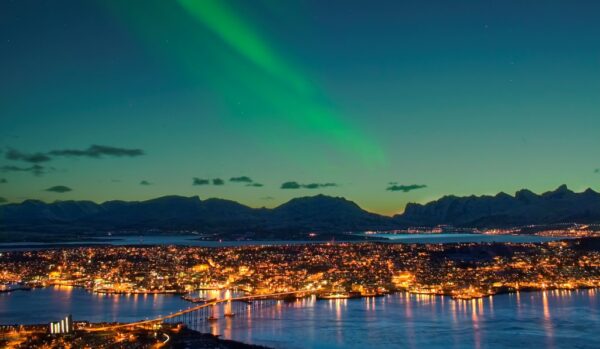
Located 349 km north of the Arctic Circle, Tromsø has been known as the base of many important Arctic voyages since the mid-1800s due to its important role. The area was first established as a fishing village in the 13th century, and industry was an integral part of life here, contributing to the area’s maritime charm. Also, due to its northern location, Tromsø is a top destination for those who like to see spectacular northern aurora or northern lights.
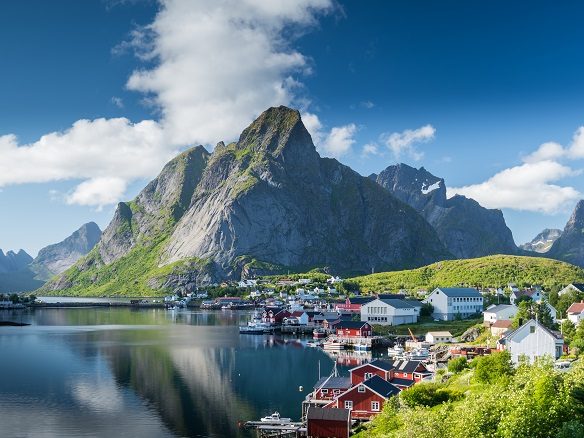
The Lofoten Islands off the northwest coast of Norway form an archipelago that is a popular tourist destination for both Norwegians and foreigners. Thanks to the Gulf Stream and being in the Arctic Circle, the weather in this region is temperate. Noway travel tips states that tourists come here to enjoy the beaches, tour the traditional fishing villages, kayak, hiking and seeing wildlife.
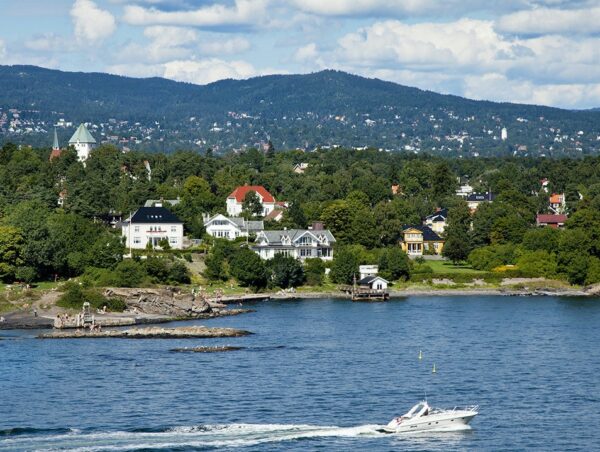
The Bygdøy Peninsula of Oslo is a suburb four miles west of the city and is easily accessible by car or public transport. This place has several of Oslo’s top tourist attractions and is known for its natural attractions such as beaches, parks and forests.
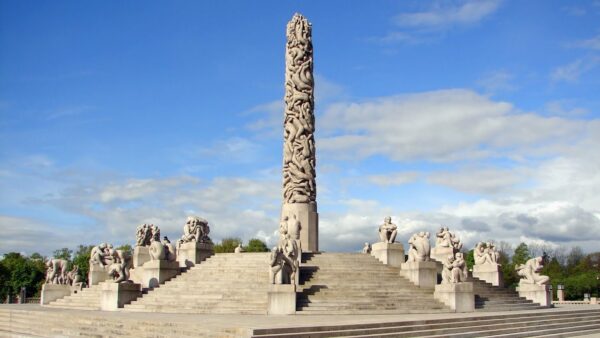
The Vigeland Park, as what to do in Norway suggests is one of Oslo’s top tourist attractions, with 650 sculptures by Gustav Vigeland. These sculptures, which are made of wrought iron, bronze and granite, are classified into 5 thematic groups. The most famous of these are in the group of springs, which depict the human life cycle in a 16-meter solid rock.
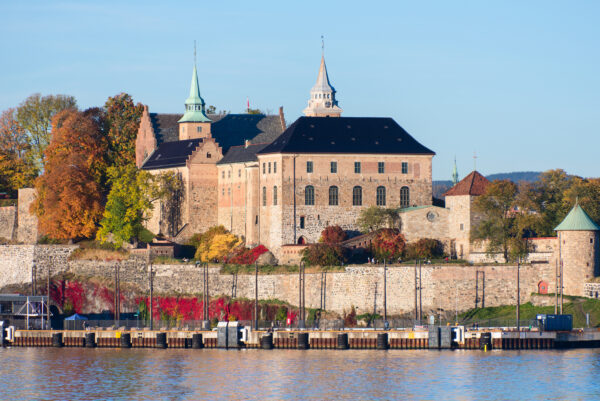
Akershus Fortress, according to travel guide norway, is a medieval castle built in 1299 by order of King Håkon V and later became the seat of the Renaissance in the early seventeenth century by king Christian IV. The building is located on a precipice overlooking city’s fjord. And the land has attractive and spectacular views of the port.
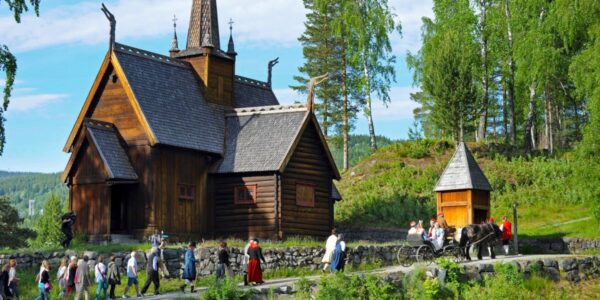
Lillehammer is located above Lake Mesna at the southern end of the Gudbrandsdalen Valley and is one of the best annual tourist destinations in Norway. In the summer, it’s all about attractions like Maihaugen, an open-air museum of 100 historic buildings, including 18th-century farmhouses, workshops and a cobblestone church.
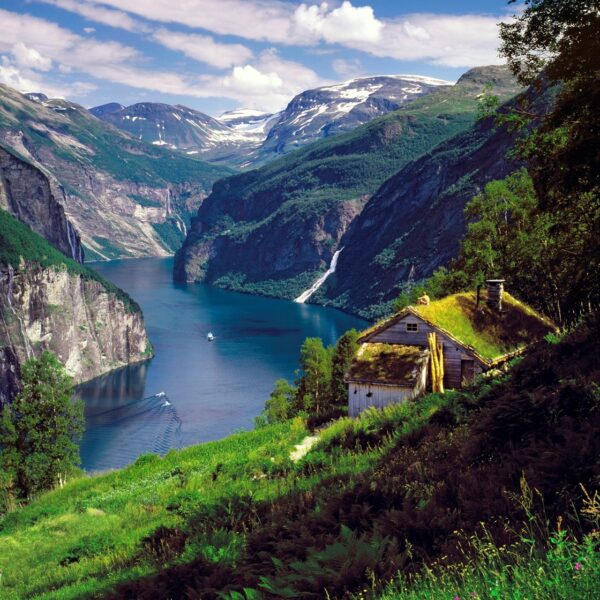
Part of the spectacular network of Norwegian plateaus at the top of the UNESCO World Heritage List is the Geirangerfjord area north of ilsund, which offers some of the best scenery in any part of Norway. Continuation of the eastern route in Gerangerford has some of the most attractive sights in the country. One of the best sights in Dalsnibba is Utsiktspunkt.
One of Noway travel tips is to try seafood here. Because Norway is by the sea, Norwegians’ main food is fish, but meat dishes, especially venison, are also part of the Norwegian diet. As what to do in Norway mentions tourists on a vegetarian diet should not worry, too, that many foods and desserts await them in Norway.
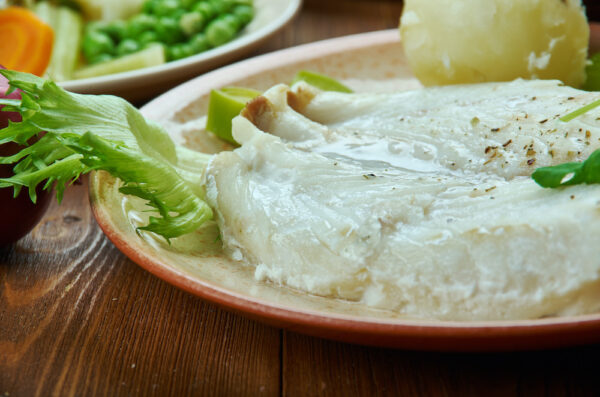
Norwegians are very interested in long-term preservation of fish, and this goes back to one of their traditions before the invention of the refrigerator, when fermentation was a great way to preserve the fish. Lutefisk is also soaked with alkaline water, which is one of the strongest chemicals in the process of preserving and protecting food. This food has a strong taste and is usually eaten at Christmas.
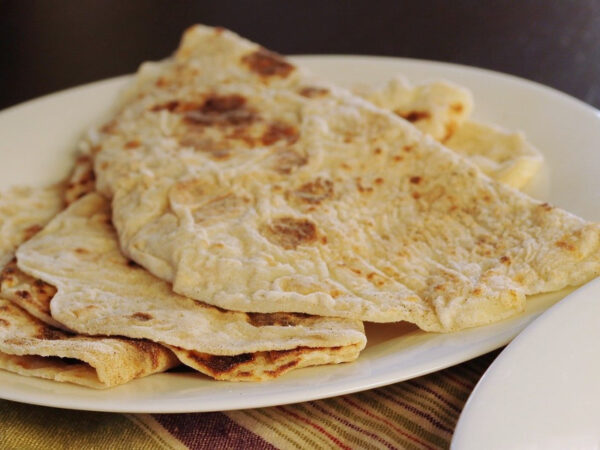
Potato lefse is a pancake baked with potatoes, wheat flour, eggs, butter and sugar. It tastes good with breakfast, as well as as a snack with butter, cinnamon, sugar or jam.
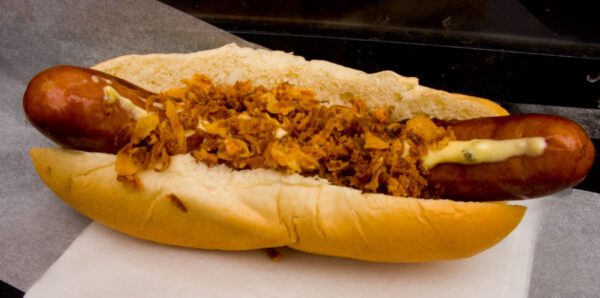
Norwegians use a type of fast food that resembles a hot dog and is called pølse. Available at gas stations, grocery stores and street food stalls across Norway, it is usually served with bread, but in soups, stews, as a meal with potatoes and even as part of Christmas dinner.
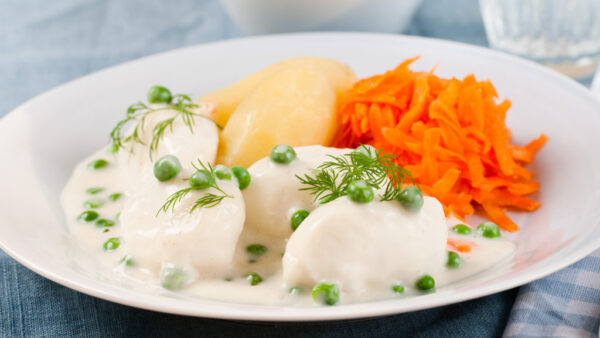
Fiskeboller, or “fish balls” consists of fish with white meat, such as cod, mixed with eggs, milk, and flour to form pellets.
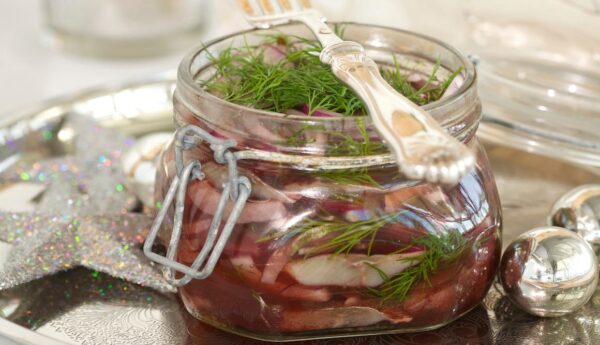
Norwegians are very fond of fish, so they use fish in various ways such as boiled, smoked, grilled, fried, dried and even pickled. In all Norwegian restaurants, a bowl of pickled herring is served with breakfast and lunch.
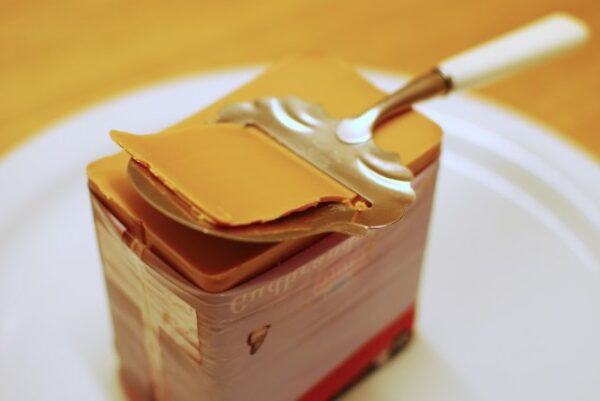
travel guide norway suggest visitors to try this cheese. Brown cheese is known by “Brunost” to Norwegians. Moreover, it is not actually cheese because it is made from whey that has been cooked for a long time and is in the form of a salty coffee substance. This delicious cheese is served in thin slices at breakfast.
